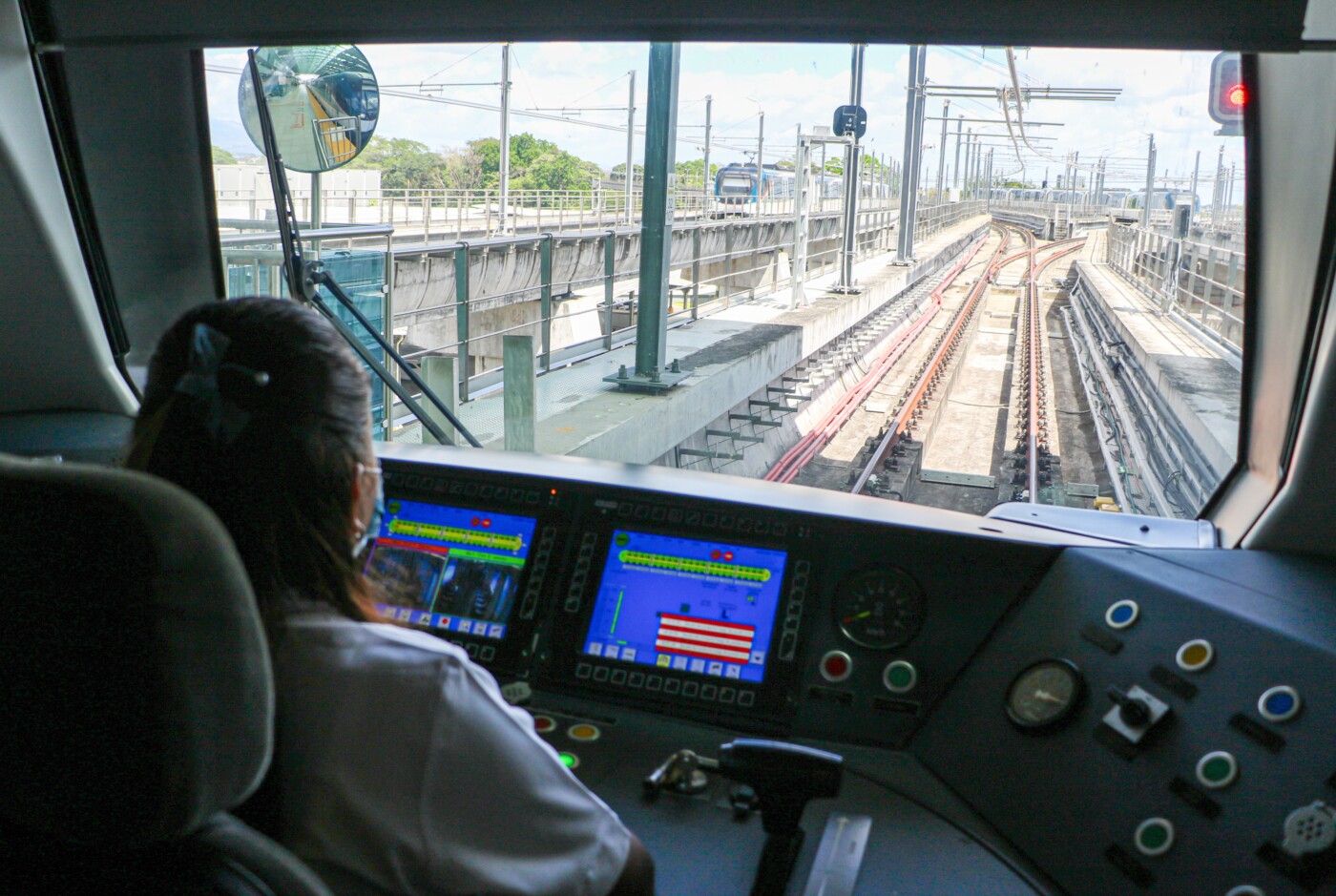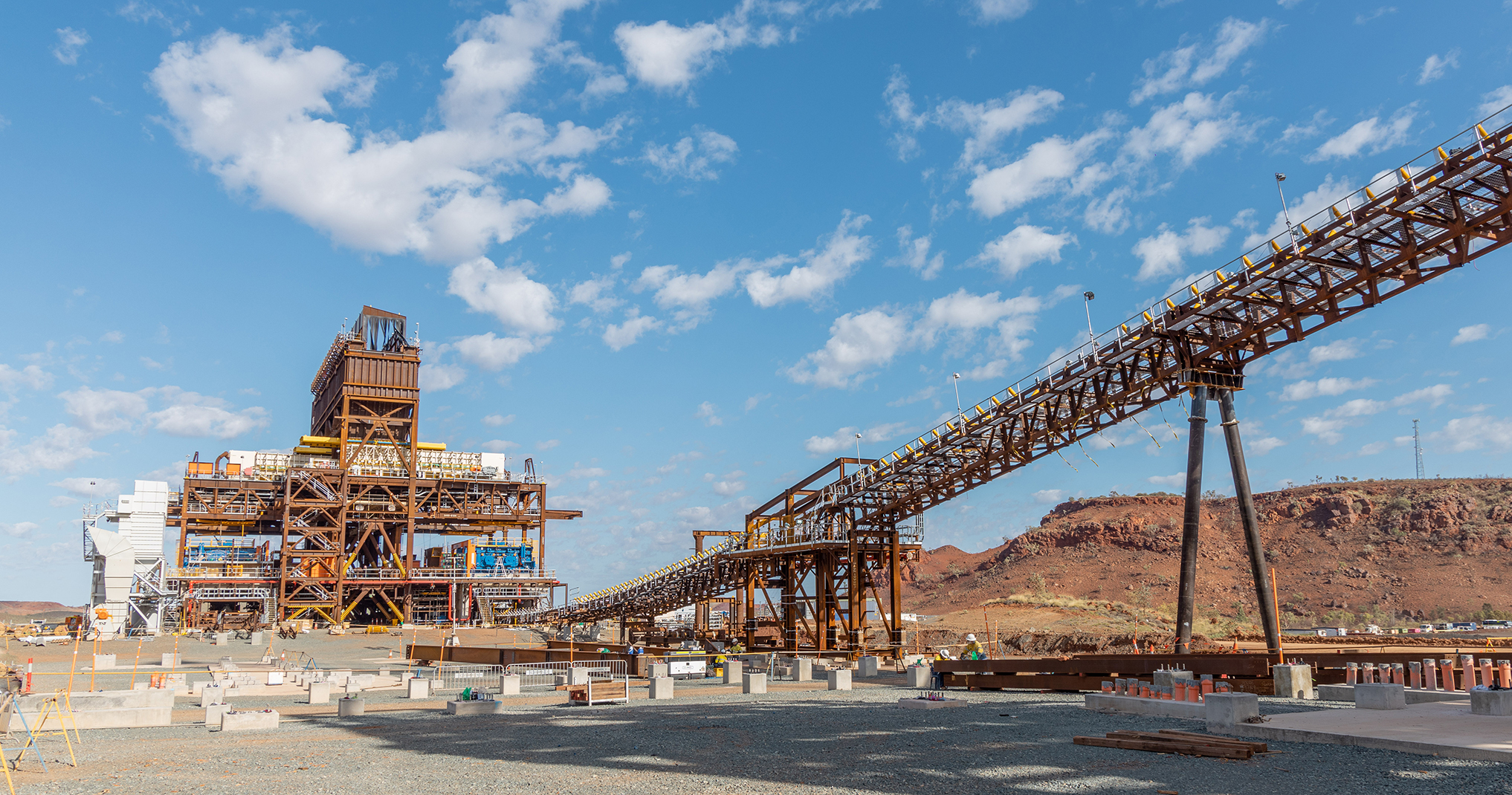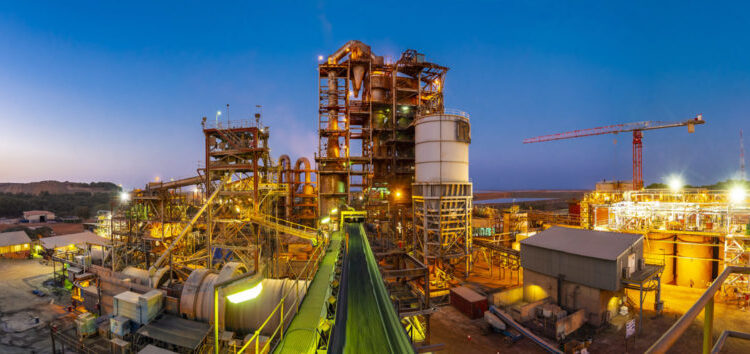
Considering that South Africa is floating on a bed of coal, it’s not surprising that 93 per cent of all the country’s electricity comes from that particular energy source. Wherever minable amounts of coal have been found, there too you’ll find an Eskom power station.
Eskom’s generation capacity prior to starting their current new build programme was around 39GW, of which 2GW are hydropower or pumped storage and the remainder are thermal (coal, gas and nuclear). They have now added almost 5GW of additional capacity from a programme which includes 4GW of ‘return to service’ or refurbishment of existing plants, 2GW of gas generation, 9.5GW of coal generation and the 1.3GW Ingula Pumped Storage Scheme. These schemes are all under construction, with completion dates scheduled over the next few years. The longer term target is to add a total of 40GW by 2025.
Coal fired power stations represent 87 per cent of Eskom’s current capacity, and as they provide continuous ‘base load’ power give an even higher proportion of the annual energy generation. But the state electricity body has not centred exclusively on coal. South Africa has nuclear power that contributes a further 5.5 per cent, which leaves the balance made up of a collection of other options such as hydro, wind and pumped storage. At this stage, Eskom has found no role for solar, although tests continue and some pre-feasibility studies are being planned.
Instead, the alternative option of choice for Eskom is pumped storage. At just a smidge over one per cent of annual energy, the absolute contribution to the grid from the two installations already up and running is small but it is nevertheless carving a valuable niche for itself by virtue of its ability to fill in during peak periods. And when the Ingula plant (currently under construction) is complete, this contribution will be upped by a further percentage point.
“Coal, and to a lesser extent nuclear,” explains Avin Maharaj, project manager for the Ingula pumped storage plant, “provide the base load for the country’s needs. But twice a day, while the country wakes up or then settles down for the evening, demand shoots up. This means of generation is ideally suited to meeting short term demand.”
In fact, within 10 minutes of demand going into the red, a power station such as Ingula can be pushing electricity into the grid. And considering that unlike the US, South Africa has a central national grid, increasing the supply via Ingula ensures that more power becomes available during peak periods.
A pumped storage system is a ‘hybrid hydro’ scheme which relies on water head differential. In other words, water under gravity flows downwards to a turbine and generates electricity much as any other hydro scheme would do. The difference is, though, that instead of using the water once, it is recycled time and again by pumping it back to the upper storage dam.
Unlike solar, wind or waves, a pumped storage system does require an input of electrical energy in order to pump the water from the turbine level back to the head dam. The economic justification for the scheme is that cheaper off-peak electricity is used to generate more expensive peak electricity.
It’s costing Eskom R20 billion to construct Ingula. Before work began on the 9,000 hectare site, Eskom evaluated 90 potential locations before whittling the choice down to a shortlist of three, in some of the country’s most spectacular mountain scenery.The selection was a site north-east of Van Reenen’s Pass, spanning the escarpment of the Little Drakensberg and straddling the provincial boundary of Free State and KwaZulu Natal. This is also the continental watershed between the Vaal, flowing into the Atlantic Ocean, and the uThukela catchments, flowing into the Indian Ocean.
In fact, the head reservoir, called the Bedford Dam, lies on the Vaal River system in the Free State and the lower reservoir, called the Braamhoek Dam, is on the uThukela River system, 468 metres below in KwaZulu Natal. Between them is a series of tunnels varying in diameter from five metres to nine metres, depending on the exact role the tunnel has to play. From the Bedford Dam reservoir, water will travel two kilometres at up to eight metres per second down the two headrace tunnels which branch and reduce in diameter in order to power the four 333MW turbines.
In order to minimise construction costs for the Bedford Dam, engineers have chosen an area requiring a relatively small dam wall but plenty of space behind to store the water needed. The lower, Bedford Dam is also sited at a natural narrow point in the valley which gives an efficient dam. This dam has a larger catchment which will supply most of the water to the scheme. “Although the dams are sited on existing rivers,” says Maharaj, “they are little more than creaks. Fortunately, we are in the wet part of the El Nino cycle South Africa experiences, so we are hopeful that the dam will be full by the time it should go on line in 2013.” Once the dam is filled, the water is continuously recycled so future water requirements are small.
The remoteness and beauty of the mountainous location for Ingula have combined to make the project more arduous. Long before construction began, a considerable amount of work was needed to protect the environment. In 2004, Eskom entered a partnership with BirdLife South Africa and Middlepunt Wetland Trust to mitigate the adverse impact on the environment. The partnership continues to monitor the effect of the construction on birds, veld management, eradication of alien plants and the state of the wetlands.
Despite its remoteness, the scheme has had a positive impact on the indigenous population—largely small land holders and farmers. Eskom’s stakeholder management team works with local residents, traditional leaders and government representatives. This is to help affected local communities to become re-established away from land directly occupied by the dams and other infrastructure.
A pre-requisite for the scheme to get authorisation was the construction of dedicated access roads. In total, 67 kilometres of new asphalted roads have been built. Road works started in January 2007 and were completed by 2009.
The expected completion date for the Ingula project is December 2013, with each unit commissioned in each quarter of that year. However, Eskom’s well documented need to reschedule its cash flow has had a ripple effect on many projects—Ingula for one is behind schedule and an assessment is currently being made to measure the full extent. However, once work is complete at Ingula, there are another two proven sites that Eskom can then tackle. In comparison with the contribution from coal, renewable generation will be of minimal percentage but pumped storage schemes have definitely earned a place in the Eskom mix.www.eskom.co.za













